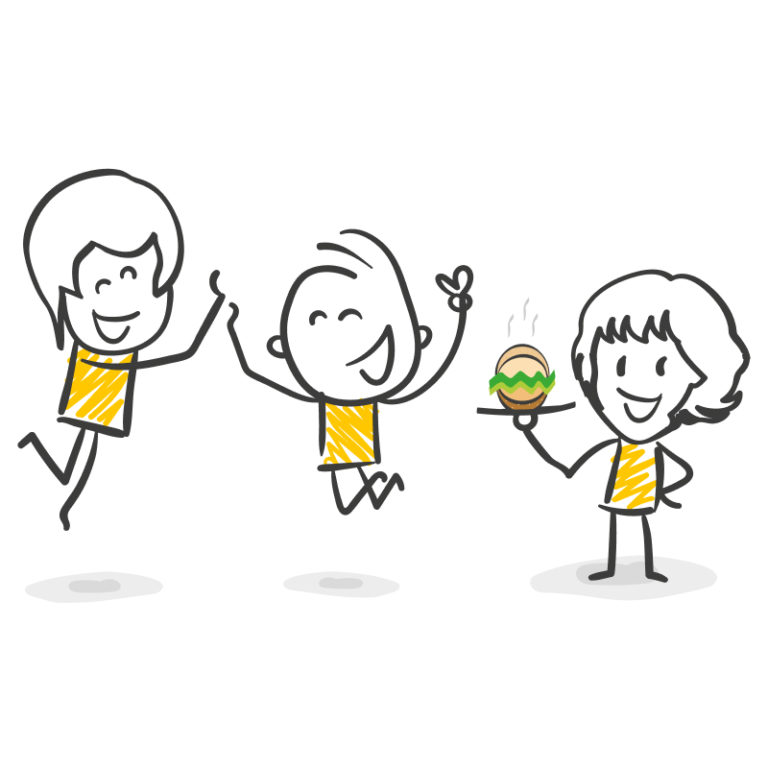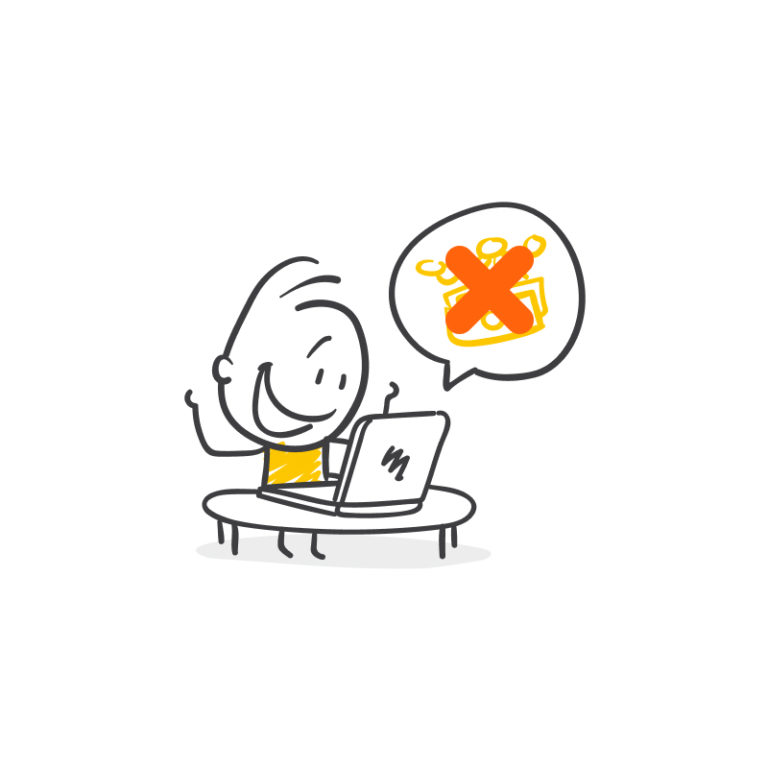Recognition
7 Tips For Efficient and Effective Peer Recognition

A good peer recognition program is known to work wonders for organizations. Employees are often known to be more satisfied at work, and they are highly motivated on a regular basis; the work environment is always more positive, the efficiency of employees increases, and ultimately the outputs and the results surpass expectations. While all of this may seem lucrative, organizations often fail to consider how wrong things could go if mistakes are made during the peer recognition process. At best, it could result in lower productivity and efficiency, but at worst, it could even lead to high attrition rates, a complete breakdown in office machinery, and the ultimate demise of your organization. Thus, it is essential to get things right when it comes to peer recognition, and via this blog, we would like to enlighten our readers about how to get the various aspects of peer recognition right. Given below are 7 tips that you must follow to ensure an effective and efficient peer recognition process:
1. Avoid Inconsistency:
 In an organization, whenever employees wish to recognize and reward their peers, the entire exercise is done erratically, and there is gross inconsistency in the way in which it is carried out. This is damaging to the whole peer recognition program and may lead to a complete breakdown right in the infancy of the program. Hence, employees are encouraged to be regular in recognizing and rewarding their peers.
In an organization, whenever employees wish to recognize and reward their peers, the entire exercise is done erratically, and there is gross inconsistency in the way in which it is carried out. This is damaging to the whole peer recognition program and may lead to a complete breakdown right in the infancy of the program. Hence, employees are encouraged to be regular in recognizing and rewarding their peers.
2. Adhere to the Peer Recognition Program:
 Getting things right to ensure a smooth peer recognition process at work implies following the peer recognition program laid out by the organization in the most effective and efficient way possible. Often employees tend to stray away from the guidelines, and this may not yield the desired results. Many organizations pay large sums of money to have peer recognition tools that track the recognition and rewards of each employee, and the data is later used to increase the productivity of the organization and to chart a future course for each employee as well. Not playing by the rules shall tamper with the valuable data feedback that most organizations receive.
Getting things right to ensure a smooth peer recognition process at work implies following the peer recognition program laid out by the organization in the most effective and efficient way possible. Often employees tend to stray away from the guidelines, and this may not yield the desired results. Many organizations pay large sums of money to have peer recognition tools that track the recognition and rewards of each employee, and the data is later used to increase the productivity of the organization and to chart a future course for each employee as well. Not playing by the rules shall tamper with the valuable data feedback that most organizations receive.
3. Work to Achieve Goals, Get Recognition:
 Being recognized by your peers is great and recognizing them for good work is equally good. But when employees work to get recognized and not achieve goals, then the peer recognition program starts faltering. Thus, every employee must be motivated to get recognized and rewarded upon achieving their goals; this shall contribute to the overall growth of the organization while motivating others in the organization as well.
Being recognized by your peers is great and recognizing them for good work is equally good. But when employees work to get recognized and not achieve goals, then the peer recognition program starts faltering. Thus, every employee must be motivated to get recognized and rewarded upon achieving their goals; this shall contribute to the overall growth of the organization while motivating others in the organization as well.
4. Ensure Transparency:
 Peer recognition programs in the corporate world are designed to maximize transparency. Every employee must ensure that while recognizing their peers for good work done. Peer recognition tools such as PeerFives have a system where every recognition doesn’t go unnoticed. The reason for the recognition/reward is broadcasted via a personalized message so that the entire workplace is enlightened with the reason and the number of points awarded. This delivers much-needed transparency to weed out any favoritism or partiality that may occur in an organization.
Peer recognition programs in the corporate world are designed to maximize transparency. Every employee must ensure that while recognizing their peers for good work done. Peer recognition tools such as PeerFives have a system where every recognition doesn’t go unnoticed. The reason for the recognition/reward is broadcasted via a personalized message so that the entire workplace is enlightened with the reason and the number of points awarded. This delivers much-needed transparency to weed out any favoritism or partiality that may occur in an organization.
5. Keep Out The Monetary Aspect:
 It is no secret that every reward needs to have some value attached to it. While sentimental values shall only take you a certain distance in motivating employees, monetary value shall tend to do better. Employees, when rewarded with something that can be equated in monetary terms, are statistically proven to push themselves harder.
It is no secret that every reward needs to have some value attached to it. While sentimental values shall only take you a certain distance in motivating employees, monetary value shall tend to do better. Employees, when rewarded with something that can be equated in monetary terms, are statistically proven to push themselves harder.
However, it is recommended that the monetary aspect of the reward must be subdued as far as possible, as this shall avoid promoting an incentive or bribery culture, rather drive employees and peers to do work to achieve success and fulfillment.
6. Repetitive and Predictable Rewards:
 Rewards in every shape and form are always welcome. However, when the rewards get repetitive, employees are no longer enthusiastic about getting them. There is a saturation that sets in when the rewards are predictable. When a certain individual earns a reputation of giving out a fixed number of reward points to peers irrespective of the task done by them, every task, despite varying levels of difficulties and complexities, is equated with having the same value in monetary terms, and the recipients often find it unfair and demoralizing. This discourages them from working too hard for the reward that is up for grabs.
Rewards in every shape and form are always welcome. However, when the rewards get repetitive, employees are no longer enthusiastic about getting them. There is a saturation that sets in when the rewards are predictable. When a certain individual earns a reputation of giving out a fixed number of reward points to peers irrespective of the task done by them, every task, despite varying levels of difficulties and complexities, is equated with having the same value in monetary terms, and the recipients often find it unfair and demoralizing. This discourages them from working too hard for the reward that is up for grabs.
Hence, every individual who plans on rewarding their peers for good work done must try and keep mixing it up to keep the element of surprise intact for every recipient.
7. Understanding The Impact:
 Recognition and Rewards are two powerful tools to motivate an entire workforce to deliver their absolute best, increase productivity, and add to the positive environment at the workplace. However, every time an individual rewards a peer, they must try and understand the impact that the reward has had on the recipient.
Recognition and Rewards are two powerful tools to motivate an entire workforce to deliver their absolute best, increase productivity, and add to the positive environment at the workplace. However, every time an individual rewards a peer, they must try and understand the impact that the reward has had on the recipient.
- Everyone enjoys receiving rewards but did they believe it was adequate in return for the work they’ve put in?
- Did the reward motivate them to do better in future endeavor
- Did the recipient work well solely in anticipation of the reward?
- Were there alternative ways to reward the recipient for the work done?
- Was the reward given instantly enough to preserve the importance and impact of the recognition itself?
These and many such questions need to be asked by individuals once they’ve rewarded their peers. It not only helps in determining the way they reward in the future, but it also helps in making the entire process of rewarding much more effective and constructive on the whole.
In conclusion, the entire process of recognizing and rewarding peers can be made much more powerful by following the above-mentioned tips. These add to the experience, and they help individuals extract the best out of their peers without putting them under pressure.

